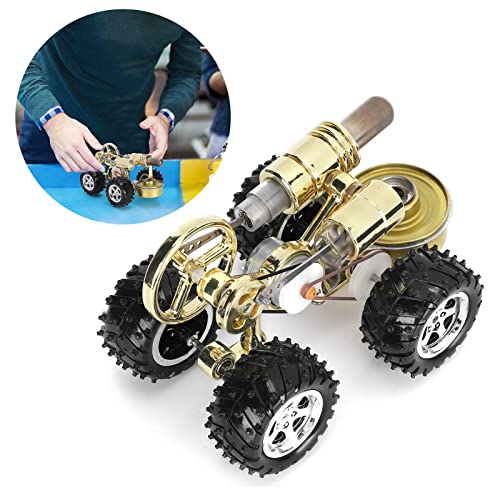Yeh I need help with what to do first, then second...I want to do just one step at a time though.
Awfully hot and humid here in New England, so I'd probably only be able to do one step per day/session...
Oh good it looks like I can cut-and-paste here after all...
Every website is different...
here's where I quit working on it. I wanted to get the chuck off but it wouldn't budge. I'd read of people breaking gears by jamming them and using force to unscrew the chuck so I thought I'd better stop fooling with it so I don't break something, and never restarted working.
I do believe all the parts are there for it. The motor works. I have some mechaical abilities, poor spelling, woodworking skills, and can solder wires etc.
View attachment 103850








![DreamPlan Home Design and Landscaping Software Free for Windows [PC Download]](https://m.media-amazon.com/images/I/51kvZH2dVLL._SL500_.jpg)
















![MeshMagic 3D Free 3D Modeling Software [Download]](https://m.media-amazon.com/images/I/B1U+p8ewjGS._SL500_.png)













![TurboCAD 2020 Designer [PC Download]](https://m.media-amazon.com/images/I/51UKfAHH1LL._SL500_.jpg)





































